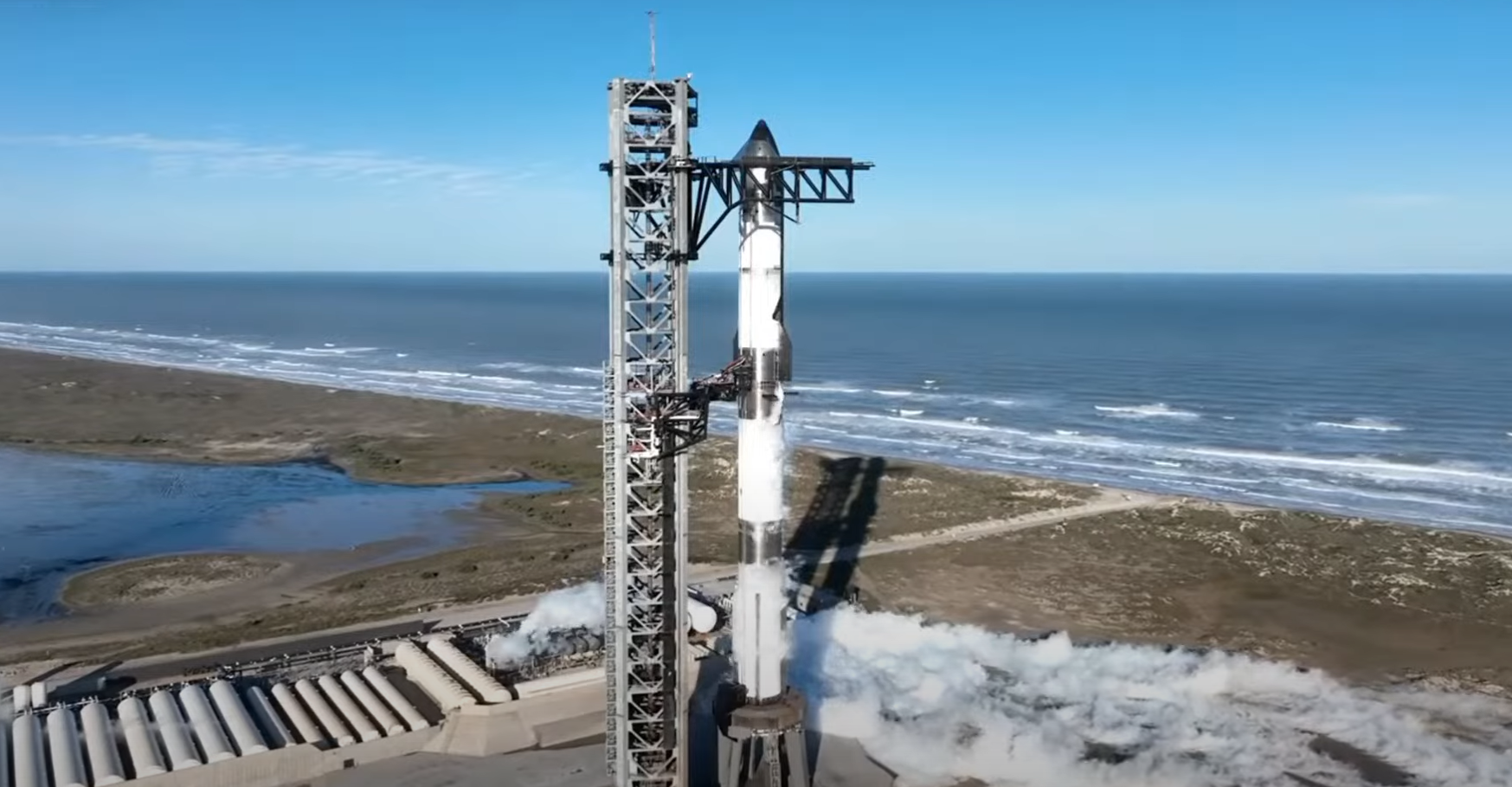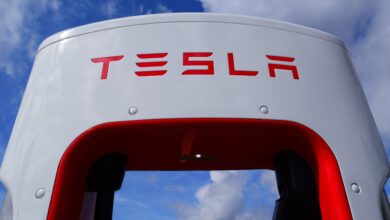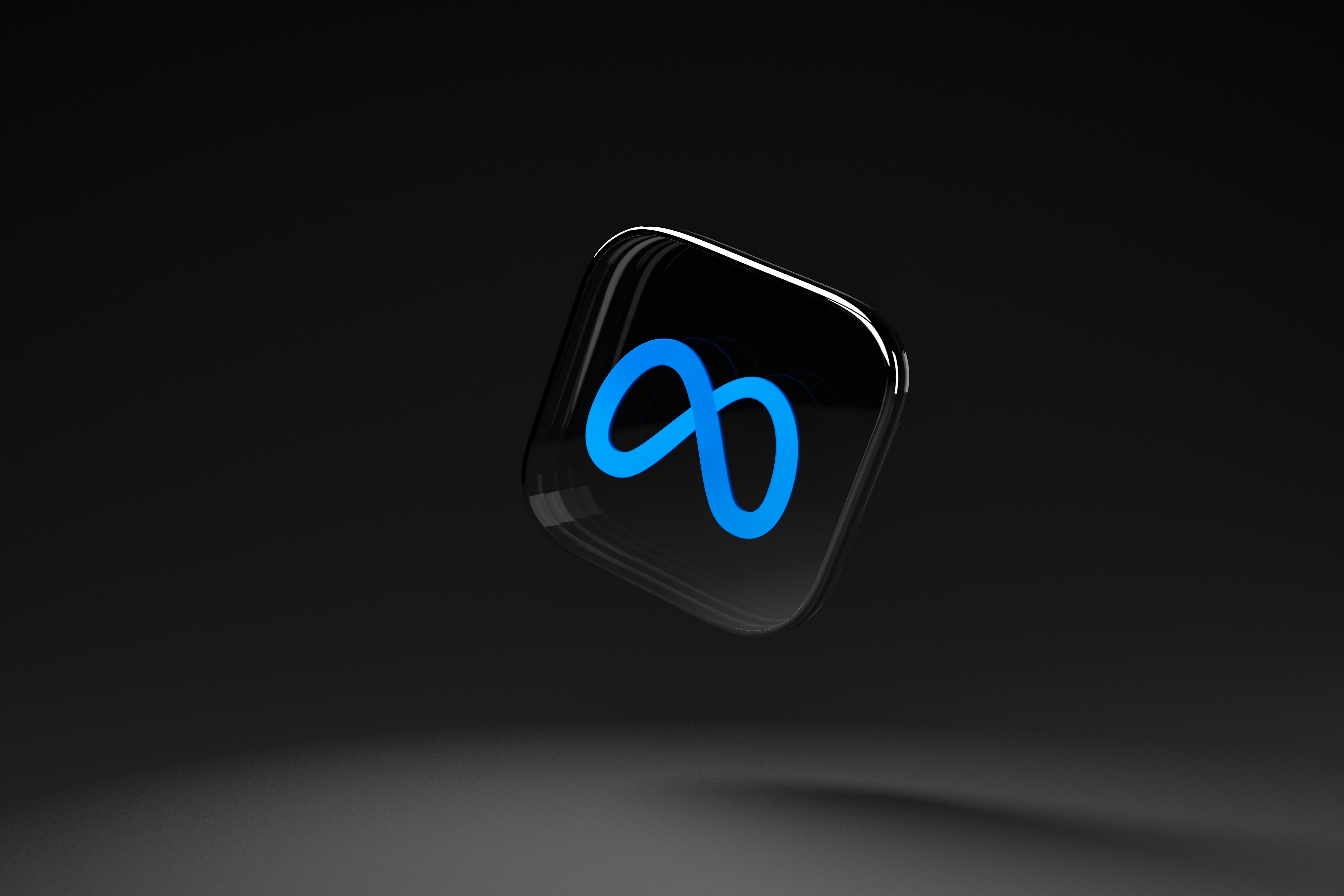SpaceX Launches Starship Flight 7: A Mixed Bag of Success and Challenges

SpaceX just launched the seventh test flight of its Starship rocket, and it was an eventful ride! The test flight took off on January 16, 2025, from the company’s Starbase facility in Texas. While the rocket’s massive “Super Heavy” booster nailed its landing, things didn’t go so smoothly for the upper stage.
— Elon Musk (@elonmusk) January 16, 2025
What Went Down?
The launch started off strong, with the 403-foot-tall Starship rocket blasting off a little after 5:30 p.m. ET. But about nine minutes into the flight, SpaceX’s live stream showed that communication with the upper stage was lost.
“We can confirm that we did lose the ship,” said Kate Tice, SpaceX’s senior manager of quality systems engineering. While the details weren’t immediately clear, losing contact likely means the upper stage didn’t make it.
On the bright side, the “Super Heavy” booster made a spectacular return, landing on the company’s launch tower arms. This is only the second time SpaceX has successfully “caught” the booster mid-flight, a feat that’s critical to making the Starship system fully reusable and cost-effective.
What’s Starship Carrying?
This test flight, called Ship 33, didn’t have any people onboard. Instead, it carried ten “Starlink simulators”—dummy payloads meant to mimic the weight and deployment of Starlink satellites. These simulators are designed to burn up during reentry since the rocket wasn’t aiming for orbit this time.
The payload test is crucial because SpaceX plans to use Starship for deploying its next-generation Starlink satellites, which are larger and heavier than the current versions. These satellites are a cornerstone of SpaceX’s ambitions to provide global internet coverage and support high-bandwidth activities, from streaming to remote education.
The Plan
If everything had gone perfectly, Starship would’ve reached space, traveled halfway around the Earth, and splashed down in the Indian Ocean about an hour after liftoff. This trajectory tests several key systems, including the rocket’s ability to withstand the intense heat and pressure of reentry. The mission also aimed to evaluate the updated heat shield tiles, which protect the spacecraft during this critical phase.
Even though the mission didn’t go as planned, every test provides valuable data for SpaceX’s engineers. The company’s approach of “test, fail, learn, and iterate” has been a hallmark of its rapid development strategy, helping SpaceX push the boundaries of what’s possible in aerospace technology.
Why Does This Matter?
Starship is a big deal for SpaceX. It’s not just the tallest and most powerful rocket ever built; it’s also central to the company’s plans for space exploration. From carrying massive next-gen Starlink satellites to being a lunar lander for NASA’s Artemis missions, this rocket has a lot riding on it.
The system is designed to be fully reusable, making it a game-changer for reducing the cost of space travel. The Super Heavy booster alone is powered by 33 Raptor engines, generating a jaw-dropping 16.7 million pounds of thrust—nearly double what NASA’s Space Launch System delivers.
Beyond its technical specs, Starship represents SpaceX’s vision for the future of humanity. Elon Musk has often stated that he wants to make life multi-planetary, and Starship is the vehicle that could make that dream a reality. Whether it’s establishing a permanent base on the Moon or sending humans to Mars, Starship is the linchpin of these ambitious goals.
Read More:
- The Supreme Court’s Potential TikTok Ban: Breaking Down the Key Issues, Arguments, and What Comes Next
- Samsung Galaxy S25 Ultra vs iPhone 16 Pro Max: The Most Exciting Phones of 2025
- Why Did Meta’s Platforms Go Down? Inside the Latest Facebook and Instagram Outage
Cool Tech and Upgrades
Ship 33 is part of Starship’s second generation, dubbed “Block 2.” It features some awesome upgrades, like redesigned nose flaps, a beefed-up propulsion system, a new flight computer, and a heat shield built to handle extreme reentry conditions. Plus, there are 30 cameras on board to capture every moment, offering detailed insights into each phase of the flight.
This flight also marked the use of a reused Raptor engine, a first for the Starship program. The engine had previously flown during the fifth test flight, showcasing SpaceX’s focus on making every component of the system reusable. By reusing engines and other hardware, SpaceX aims to lower costs and increase the frequency of launches.
A Brief History of Starship
SpaceX has been developing Starship since the early 2010s, with the goal of creating a fully reusable spacecraft capable of carrying both cargo and crew. The first prototypes, known as “Starhopper,” were simple test vehicles used to validate basic design concepts. Since then, the program has evolved rapidly, with each iteration bringing new capabilities and challenges.
The Starship system consists of two stages: the “Super Heavy” booster and the Starship spacecraft. Together, they form the most powerful rocket system ever built. The booster, standing 232 feet tall, provides the initial thrust needed to escape Earth’s gravity. Once the booster separates, the Starship spacecraft takes over, powered by six Raptor engines designed for both atmospheric and vacuum conditions.
Each test flight brings SpaceX closer to its goal of making Starship fully operational. Since its first integrated flight in April 2023, the system has undergone numerous upgrades and refinements, with a focus on improving reliability and performance.
What’s Next?
SpaceX is all about pushing boundaries, and each Starship flight—successful or not—gets them closer to their goals. With a company valuation of $350 billion, SpaceX is leading the space race, and Starship is key to their future plans. Whether it’s sending people to Mars or helping NASA get astronauts back to the Moon, this rocket has a lot of potential.
Looking ahead, SpaceX plans to conduct more test flights in 2025, focusing on achieving orbit and demonstrating full reusability. The company is also working on integrating Starship into its broader mission portfolio, including satellite launches, interplanetary missions, and crewed spaceflights.
Final Thoughts
While this flight didn’t go perfectly, it’s still a step forward. SpaceX is learning, adapting, and getting ready for the next big leap in space exploration. Each test, whether a success or a setback, brings us closer to a future where space travel is more accessible and sustainable than ever before.
As SpaceX continues to refine its technology, the dream of becoming a multi-planetary species moves closer to reality. With Starship at the forefront, the possibilities are endless. Whether you’re a space enthusiast or just curious about what’s out there, one thing’s for sure: the journey is just beginning.














